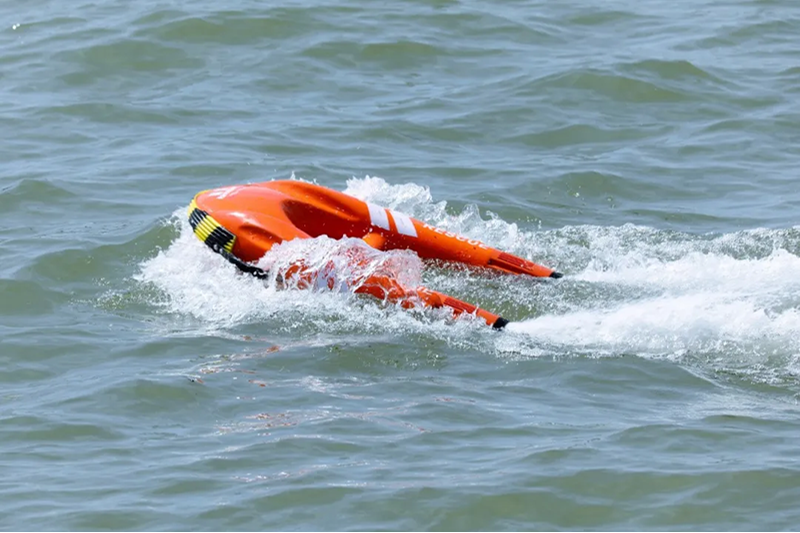The Role of Remote-Controlled Devices in Modern Water Safety
How Robotics Transform Emergency Response
Robotic technology has transformed emergency responses, delivering enhanced speed and efficiency crucial for water safety. Robotics has revolutionized how dangerous areas are surveyed, integrating devices like drones and remotely-operated vehicles (ROVs) to minimize human risk. These advanced tools enable the surveying of risky zones without endangering rescue personnel. Moreover, the integration of artificial intelligence in robotics allows for dynamic situation assessment and real-time decision-making, further optimizing emergency interventions. This capability enhances not only the speed and efficiency of responses but also the overall safety for those involved.
Case Studies: Successful Rescue Operations
Analyzing real-life rescue operations highlights the successful deployment of remote-controlled devices. These case studies demonstrate higher survival rates when advanced technology supersedes traditional methods. For instance, operations utilizing robotic solutions have consistently shown improved outcomes. Testimonials from experts in rescue operations echo the effectiveness and reliability of these technologies in emergencies, underscoring their vital role in modern water safety practices. These success stories are pivotal, showcasing how technological integration elevates rescue mission efficacy and reliability.
Hover Ark H3 Remote-Controlled Lifesaving Buoy: A Game-Changer
Key Features of the Hover Ark H3
The Hover Ark H3 Remote-Controlled Lifesaving Buoy stands out with its robust design, ensuring it tackles even the most challenging aquatic conditions. Crafted with emphasis on durability and buoyancy, this lifesaving buoy is engineered to withstand harsh marine environments, making it a reliable companion in emergencies. Among its innovative features, it includes state-of-the-art GPS tracking and telemetry systems, which allow for precise deployment and real-time location monitoring. This exceptional capability ensures rescuers can navigate and manage rescue operations with pinpoint accuracy. Furthermore, the Hover Ark H3 boasts an intuitive, user-friendly interface that enhances usability, especially crucial when every second counts during rescue missions. These prominent features demonstrate a significant leap in lifesaving buoy technology, setting new standards for emergency response efficiency.
Operational Advantages in Rescue Scenarios
In rescue scenarios, the Hover Ark H3 demonstrates clear operational advantages over traditional methods. By drastically reducing response times, it bridges the crucial gap between initial incident and immediate assistance, often proving life-saving in unpredictable aquatic environments. Under harsh weather conditions where human-led rescues may be risky, the Hover Ark H3's remote-controlled technology can safely be deployed, safeguarding both the rescuers and victims. Statistics from various operations highlight increased efficiency and safety when utilizing the Hover Ark H3, attributed to its enhanced maneuverability and rapid response capabilities. The buoy's integration in rescue missions signifies a transformative approach in lifesaving operations, emphasizing automation and technological innovation as critical factors in ensuring safety and quick operational responses.
Technological Foundations of Rescue Innovations
Integration of AI and 5G in Water Safety Systems
The integration of AI and 5G in water safety systems marks a revolutionary approach to enhancing predictive capabilities in emergency scenarios. AI algorithms analyze vast amounts of data to predict potential hazards and optimize rescue operations. Moreover, the implementation of 5G technology facilitates faster communication and data transfer, providing real-time updates and seamless coordination between rescue teams. There are numerous case examples where AI and 5G integration have led to successful rescues, showcasing the emerging role of these technologies in improving response strategies and safeguarding lives.
Beidou Communication for Precision Control
Beidou Communication System offers unmatched precision in location tracking and management during rescue operations. The reliability of Beidou surpasses other systems, ensuring accurate and timely location data crucial for effective rescue efforts. With precision control technology, Beidou empowers rescuers with detailed situational information, enhancing their operational capabilities. Highlighting case studies where Beidou has been employed in challenging environments further emphasizes its significance in the realm of satellite navigation for rescue missions, proving that this system is a formidable asset in increasing the efficacy of lifesaving efforts.
Hoverstar's Ecosystem of Water Safety Solutions
Rescue Robots vs Traditional Methods
In the realm of emergency response, rescue robots have emerged as a transformative force, demonstrating greater efficiency compared to traditional rescue teams. These automated systems boast faster response times and precision in challenging environments, drastically improving success rates in aquatic emergencies. Unlike human teams, robots can operate nonstop and withstand harsh conditions, making them indispensable in situations where time is of the essence. Statistical evidence highlights this advantage; for instance, regions employing robotic solutions report increased rescue success rates by up to 40%. As noted by industry experts, the continuous evolution of robotics technology promises to redefine search and rescue operations, enhancing capabilities and reliability beyond what conventional methods can offer.
Smart City Emergency System Integration
Hoverstar's innovative technology integrates seamlessly into smart city infrastructures, offering enhanced safety and response mechanisms. By incorporating advanced technologies like artificial intelligence, big data, and communication systems such as 5G, Hoverstar creates a connected emergency response network. This integration facilitates real-time data sharing across multiple platforms, ensuring quicker responses and efficient management of aquatic emergencies. The benefits are multifaceted, including improved communication among rescue teams, rapid deployment of resources, and comprehensive monitoring systems. Such smart city solutions transform emergency responses, minimizing the delay between crisis detection and action, thus maximizing the chances of successful rescues and safeguarding communities effectively.
Future Trends in Aquatic Emergency Technology
Predictive Analytics for Risk Prevention
Predictive analytics play a crucial role in identifying potential aquatic hazards, allowing us to mitigate risks before they develop into emergencies. By harnessing complex statistical models, we can support successful preventative measures and enhance incident avoidance strategies. For example, predictive models examine historical data and sensor inputs to anticipate dangerous tides or weather conditions, enabling better preparation for rescue teams. The importance of data collection and analysis in enhancing water safety solutions cannot be overstated, as precise data insights contribute significantly to crafting effective safety measures.
Modular Design for Multi-Purpose Use
Advancements in modular design technology are revolutionizing the way we approach aquatic rescue operations by providing customizable equipment solutions tailored to specific situations. Modular designs allow for components of rescue technology to be adapted or redesigned based on the unique demands of each emergency scenario. For instance, Hoverstar's equipment can be adjusted for use in urban waterlogging or traditional aquatic rescues, showcasing the practicality and versatility of modular systems. The benefits of versatility in rescue equipment promote increased efficiency and adaptability, making it an invaluable asset not only for emergency responders but also for smart city initiatives aiming to enhance public safety.
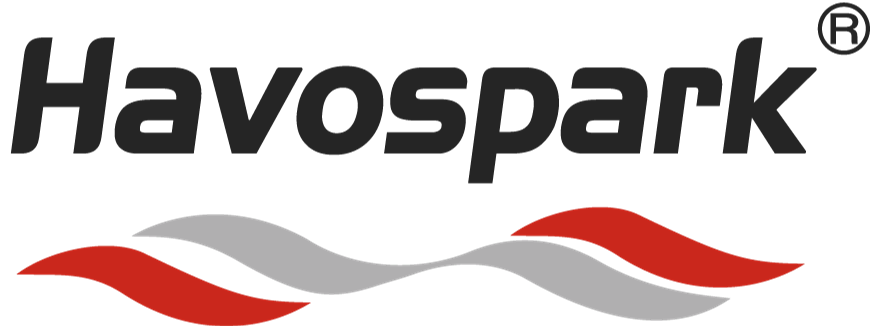

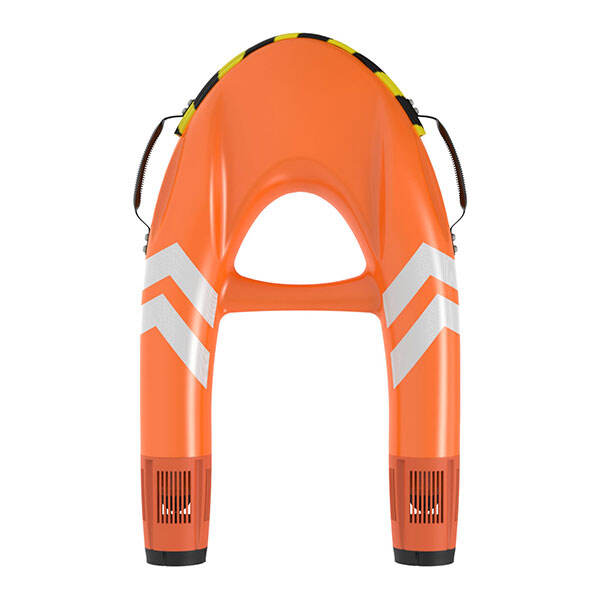

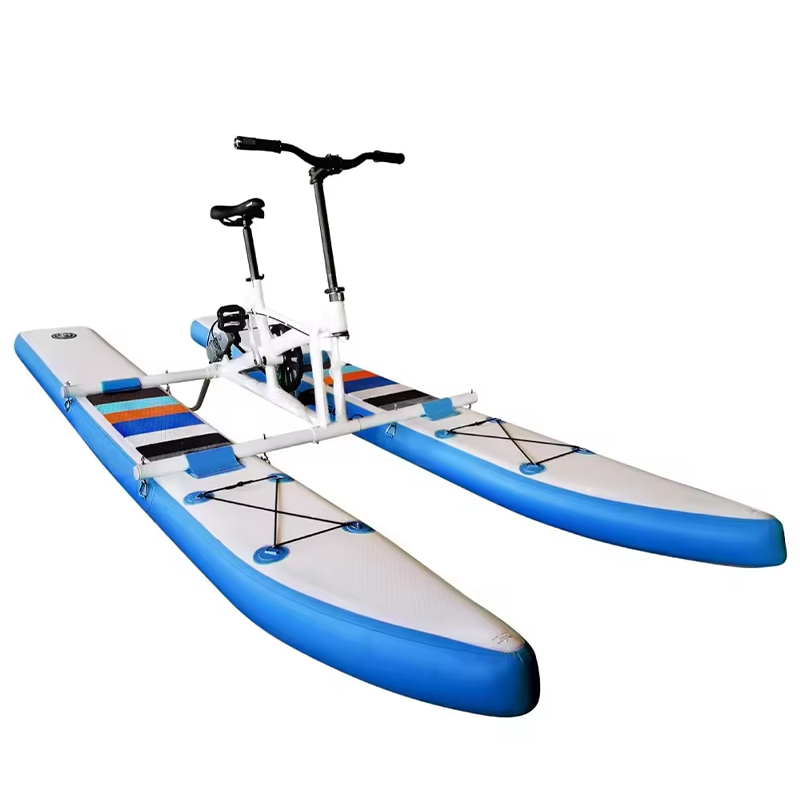

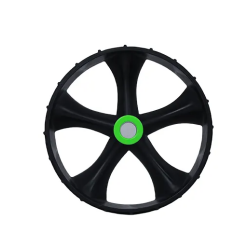
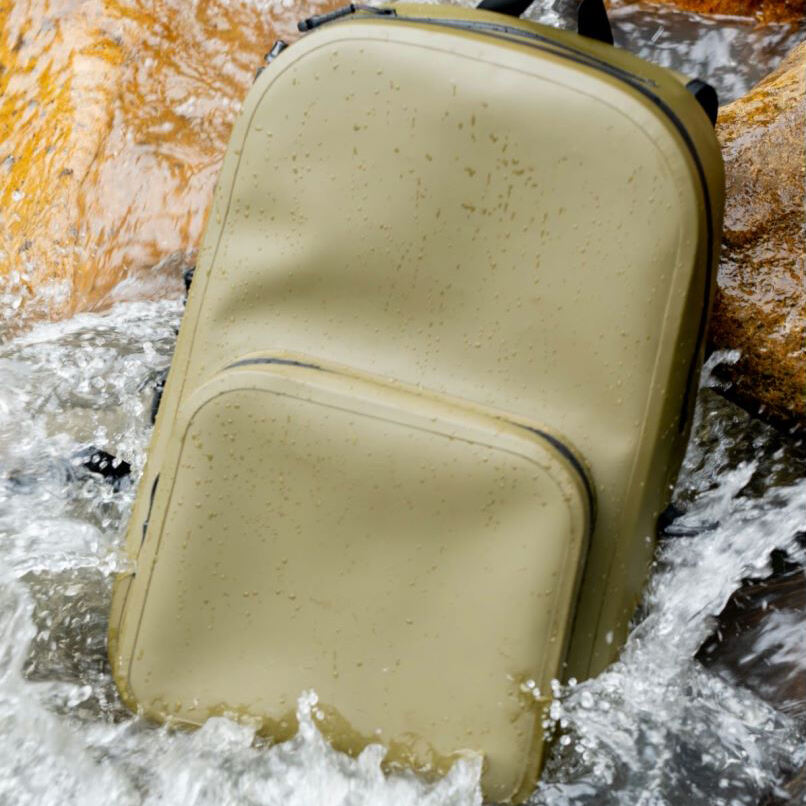
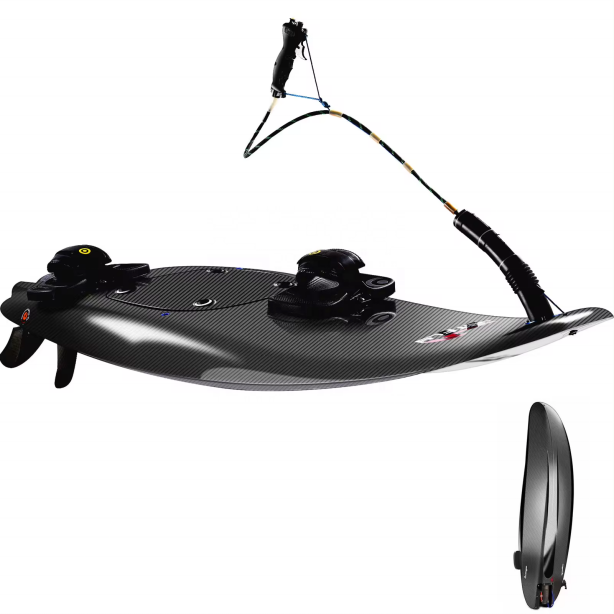
 Hot News
Hot News